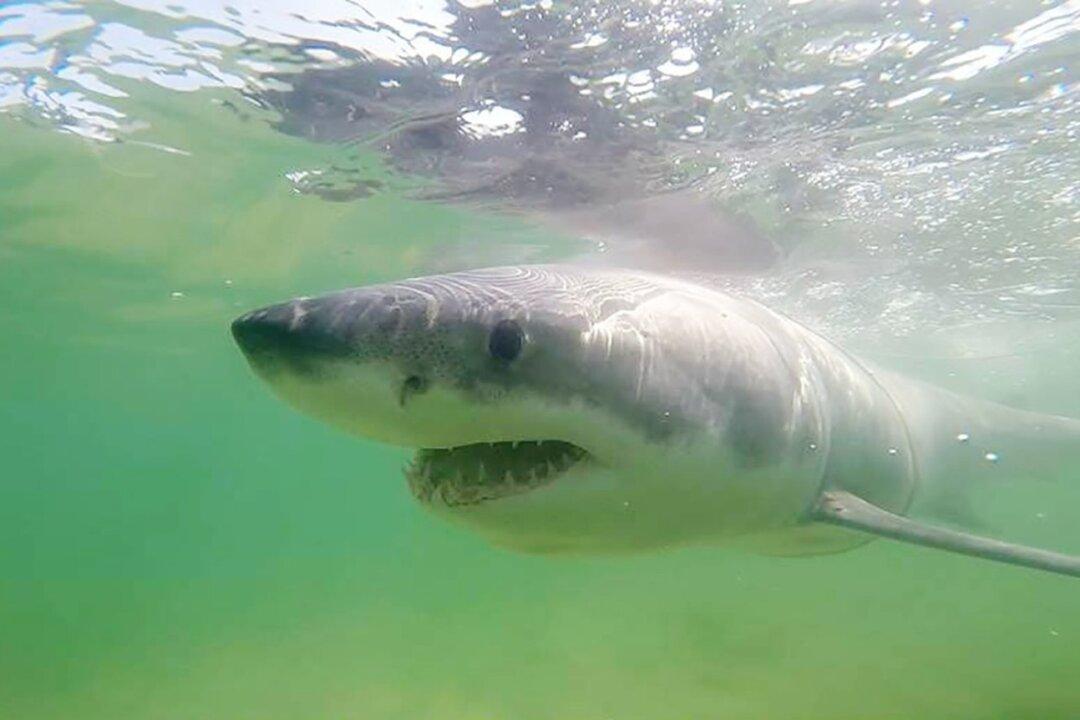It was past noon, and the water was unusually warm for an autumn day. Chris Harvey-Clark was diving off the coast of Nova Scotia. The water was murky and visibility was poor. Unable to see much, he decided to turn back to his anchor line and call it a day. That’s when he saw a large shark tail disappear into the haze.
Mr. Harvey-Clark is marine-life researcher with a keen interest in sharks, so he knew instantly it was a great white. His heart began pounding. He remembered having seen a fatally wounded seal at a nearby colony weeks earlier, and it dawned on him: warm water, nearby prey—the perfect conditions for shark hunting grounds.





